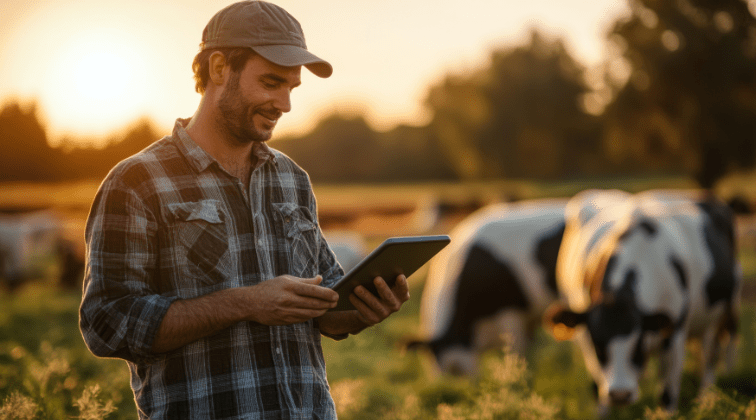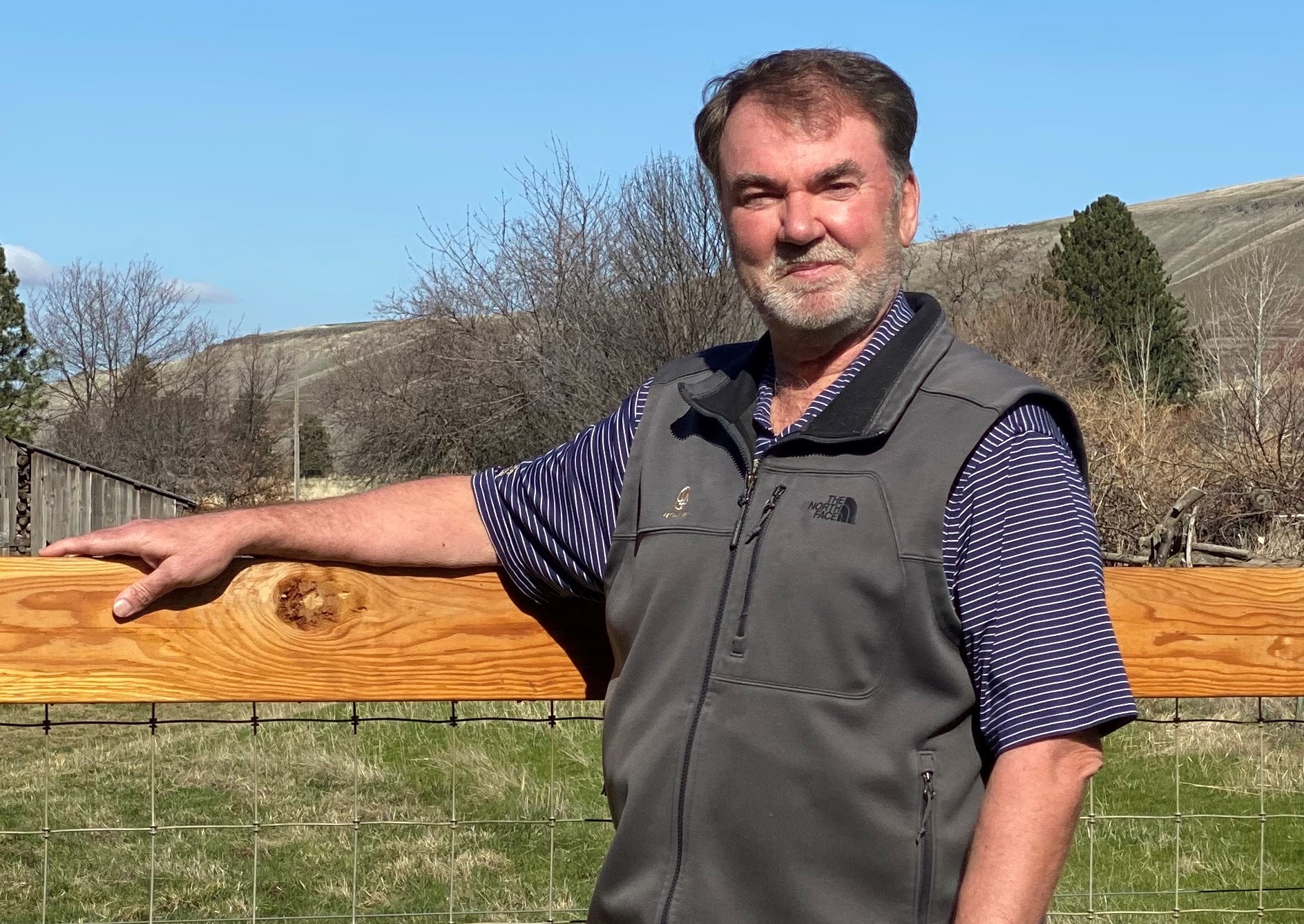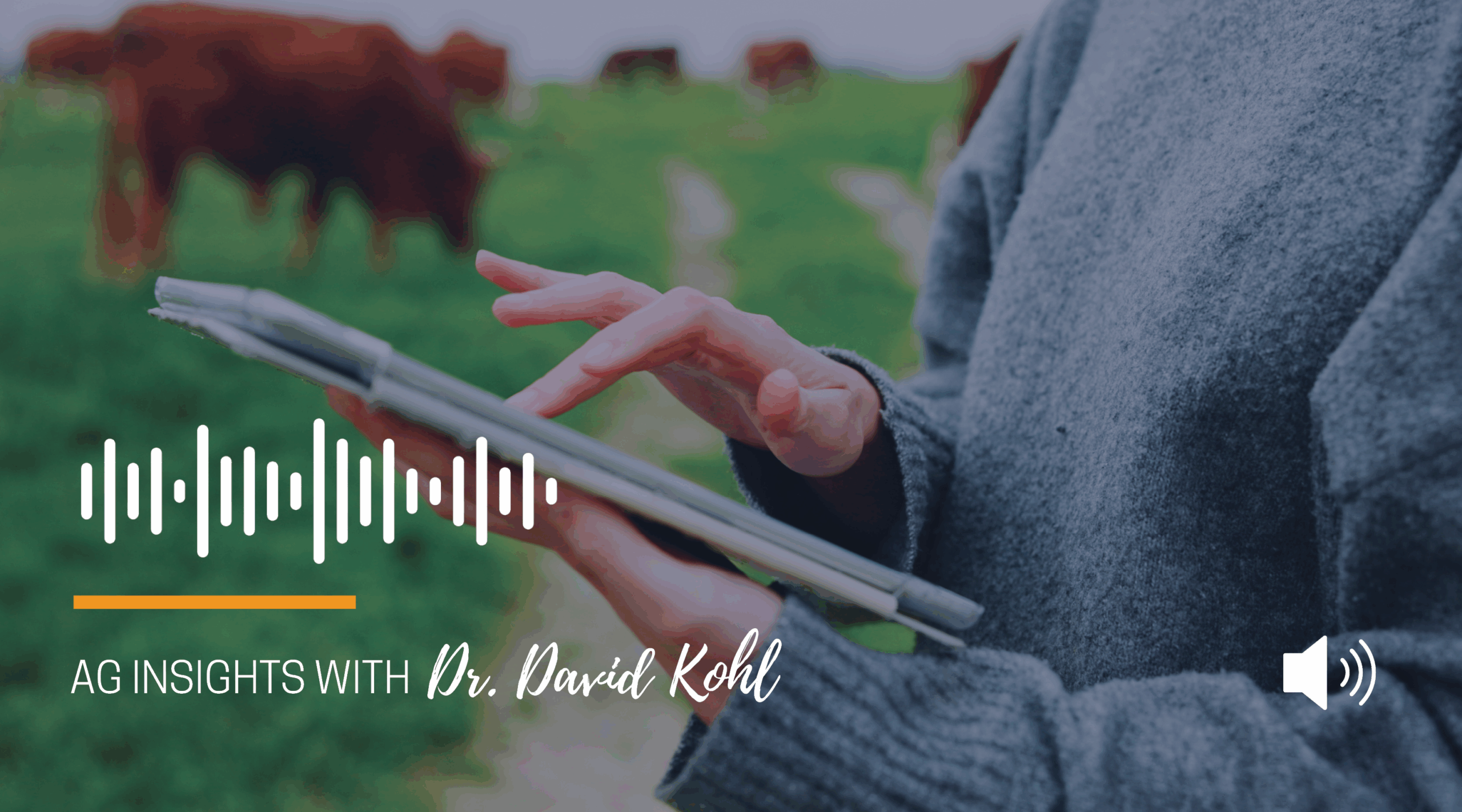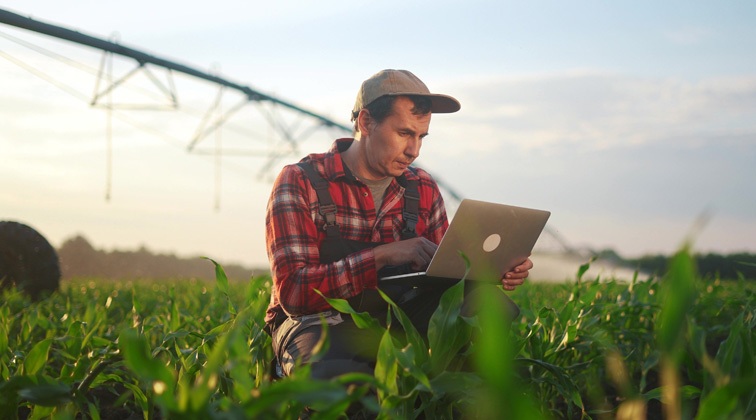Modern dairy farming stands at a crossroads, with technology offering unprecedented opportunities for efficiency, animal welfare, and profitability. Among these advancements, dairy robotics, particularly robotic milking systems (RMS), are reshaping the industry’s landscape. The promise of increased productivity, reduced labor dependency, and enhanced herd management is compelling, driving many producers to consider this significant investment.
However, the successful adoption of dairy robotics hinges on a thorough understanding of both the substantial financial investment required and the intricate technical components that underpin their operation.
Financial Investment Components
The decision to invest in dairy robotics is a strategic one, requiring a comprehensive financial assessment. The costs extend far beyond the price tag of the robots themselves, encompassing infrastructure, ongoing operations, and a clear understanding of the potential return on investment.
Initial Capital Outlay
The upfront cost is often the most daunting aspect. Robotic milking units are a significant expenditure, typically ranging from $150,000 to $230,000 per robot, with each unit generally capable of milking 50 to 70 cows. Leading manufacturers like Lely (Astronaut), DeLaval (VMS), and GEA (R9500) offer various models with differing capacities and features.
Beyond the robots, substantial investments are required for barn modifications and infrastructure upgrades. This can include extensive concrete work for robot platforms and cow traffic lanes, electrical system overhauls to support increased power demands, plumbing for water and milk lines, and improved ventilation systems to optimize cow comfort. For a hypothetical 100-cow dairy transitioning to two robotic milkers, the estimated costs could look something like this:
- Two Robotic Milking Units: $300,000 – $460,000
- Barn Modifications (concrete, electrical, plumbing, ventilation): $100,000 – $200,000
- Feed System Integration (automated feeders, feed pushers): $20,000 – $50,000
- Manure Management System Adjustments (if needed): $10,000 – $30,000
This brings the total initial capital outlay for a 100-cow farm to an estimated $430,000 to $740,000. These figures can fluctuate significantly based on existing infrastructure, regional labor costs, and the specific choices of equipment and modifications.
Operational Costs and Savings
While the initial investment is substantial, dairy robotics promise long-term operational savings and potential revenue increases.
- Reduced Labor Costs: This is often the primary driver for adoption. Robotic milking systems significantly reduce the need for manual milking parlor attendance. Farmers can reallocate labor to other tasks or reduce their overall labor force. For instance, a dairy farm that previously employed two full-time milkers for eight hours a day at $25/hour could potentially save $400 per day in milking labor alone, equating to over $145,000 annually.
- Energy Consumption: Robots require electricity to operate, powering the milking arm, vacuum pumps, water heaters, and associated control systems. While this adds to the energy bill, modern robots are increasingly energy-efficient, and the overall energy profile must be weighed against potential savings from reduced tractor use (for feed delivery or scraping) and optimized barn environmental controls.
- Maintenance and Spare Parts: Like any sophisticated machinery, robots require regular maintenance and replacement of wear-and-tear parts. Manufacturers typically offer service contracts, which can range from a few thousand dollars to over ten thousand dollars annually per robot, providing peace of mind and ensuring optimal performance.
- Veterinary and Animal Health: Robotics offer continuous monitoring capabilities that can lead to earlier detection of health issues like mastitis or lameness. For example, inline milk sensors can detect changes in somatic cell count or conductivity, alerting the farmer to potential infections before visible symptoms appear. This proactive approach can reduce treatment costs, minimize milk loss from discarded milk, and improve overall herd health and longevity.
- Feed Efficiency: Robots can be programmed to deliver targeted concentrate feeding based on individual cow milk production, stage of lactation, and specific nutritional needs. This precision feeding reduces feed waste and optimizes feed conversion, potentially leading to significant savings. If a farm can reduce concentrate usage by even a small percentage across its herd, the cumulative savings over a year can be substantial.
Return on Investment (ROI) and Payback Period
Calculating ROI for dairy robotics is complex, as it involves quantifying both tangible savings (labor, feed) and intangible benefits (improved lifestyle, better herd health, increased milk yield). Factors influencing ROI include herd size, prevailing milk prices, the magnitude of labor savings, and the potential increase in milk production per cow. Studies have shown payback periods ranging from 3.8 to 5.2 years for robotic milking systems, primarily driven by labor cost reduction (around 32%).
Example ROI Calculation (Hypothetical 100-cow dairy with 2 robots):
- Initial Investment: $550,000 (mid-range estimate from above)
- Annual Labor Savings: $125,000
- Annual Milk Production Increase: If the average milk yield increases by 5% (e.g., from 24,000 to 25,200 pounds/cow/year) at a milk price of $20.00/cwt, this translates to an additional $24,000 in revenue per year (100 cows * 12 cwt * $20.00).
- Annual Feed Savings (from efficiency): $10,000
- Annual Reduced Vet Costs: $5,000
- Annual Maintenance and Energy Costs (additional): -$20,000
- Net Annual Benefit: $125,000 + $24,000 + $10,000 + $5,000 – $20,000 = $144,000
Simple Payback Period: $550,000 / $144,000 per year ≈ 3.82 years.
This simplified calculation highlights the potential, but a detailed financial analysis considering depreciation, interest on loans, tax implications, and a more granular breakdown of variable costs is crucial.
Robotic Milking Unit Design and Functionality
The core of any RMS is the milking unit itself.
- Milking Arm and Teat Attachment: Advanced robotic arms, often employing laser guidance and 3D cameras, precisely locate and attach teat cups to each cow. Companies like Lely emphasize concepts like “I-flow” cow traffic, where cows enter and exit the robot straight through, reducing stress. GEA’s “In-Liner Everything™” technology performs udder stimulation, cleaning, milking, and post-dipping inside the teat cup, streamlining the process.
- Udder Preparation and Cleaning: Before milking, automated systems thoroughly clean and stimulate the teats using brushes and warm water, followed by automatic drying. Post-milking, automated teat dipping ensures udder health.
- Milk Quality and Safety: Inline sensors continuously monitor milk flow from each quarter, along with key indicators like somatic cell count (SCC) and conductivity. This real-time data allows for immediate detection of mastitis or other abnormalities. If abnormal milk is detected, the system can automatically divert it to a separate tank, preventing contamination of the main milk supply.
- Cow Identification: Each cow is typically identified via RFID tags upon entering the robot. This allows the system to access individual cow data, track milking history, and tailor milking parameters.
Software and Data Management Systems
Dairy robotics lies in their ability to collect, analyze, and present vast amounts of data, enabling data-driven decision-making.
- Farm Management Software: Systems like Lely Horizon act as a central hub, integrating data from robots, feeders, and other sensors with existing farm records. This software provides real-time visualization of key performance indicators such as milking frequency, milk yield per cow, cow activity, and feed intake.
- Health Monitoring and Alerts: Beyond milk quality, sensors can monitor cow activity (for heat detection), rumination patterns (an early indicator of digestive issues or illness), and body temperature. The software analyzes these data points, identifies deviations from baseline, and generates automated alerts to the farmer’s smartphone or computer, enabling timely intervention. For example, a sudden drop in milking frequency combined with reduced rumination could trigger an alert for a potentially sick cow.
- Feeding Management Software: This software allows farmers to create customized feed rations for individual cows or groups, delivered precisely by the robot. It monitors concentrate intake and can adjust delivery based on actual milk production, optimizing nutrition and minimizing waste.
Barn Layout and Cow Traffic
The physical layout of the barn is crucial for optimizing cow flow and robot utilization.
- Free Cow Traffic vs. Guided Traffic:
- Free Cow Traffic: Cows have unrestricted access to the robots, feed bunks, and resting areas. This promotes natural cow behavior and can lead to higher milking frequencies. The initial investment in gates and sorting mechanisms is lower.
- Guided Traffic: Cows are directed through one-way gates or sort gates to the milking robot, often before accessing feed or water. This ensures all eligible cows visit the robot. While requiring a higher initial investment in gating, it can reduce the number of “fetch cows” (cows that need to be manually brought to the robot).
- Strategic Placement of Resources: Regardless of the traffic system, strategic placement of water troughs, feed bunks, cow brushes, and sorting gates encourages cows to visit the robots. For example, placing water and fresh feed beyond the robot encourages cows to pass through the milking area more frequently.
Challenges and Considerations
While the benefits are clear, adopting dairy robotics presents challenges. Farmers must prepare for an initial learning curve for themselves and their cows as they adapt to the new system. Reliable technical support and service availability from the manufacturer or dealer are paramount for minimizing downtime.
Furthermore, the increased reliance on technology necessitates robust backup systems and a proactive approach to maintenance. For instance, planning for power outages or having contingency plans for robot malfunctions are critical for uninterrupted operation.
Conclusion
The integration of robotic milking systems represents a potential leap forward for the dairy industry. The financial investment is considerable, demanding careful planning and an understanding of potential returns through labor savings, increased efficiency, and improved animal health.
Concurrently, mastering the technical components—from the sophisticated milking arms and data-rich software to optimizing barn layouts and supporting automation—is essential for maximizing the benefits. As dairy farming continues to evolve, embracing these robotic solutions, with a clear grasp of both their economic and technical intricacies, can be key to building a sustainable and profitable future especially as dairy labor shortages continue to be more acute.



